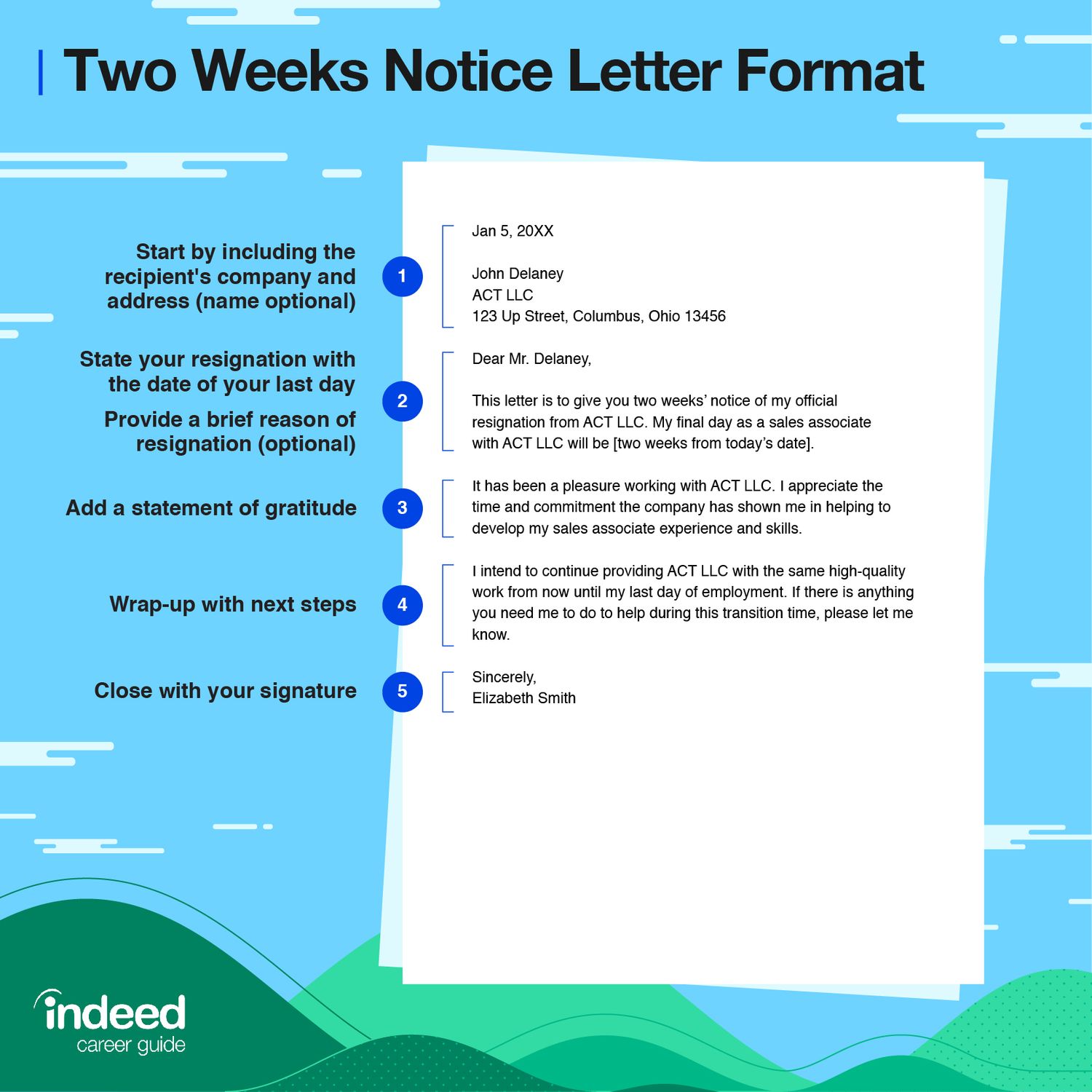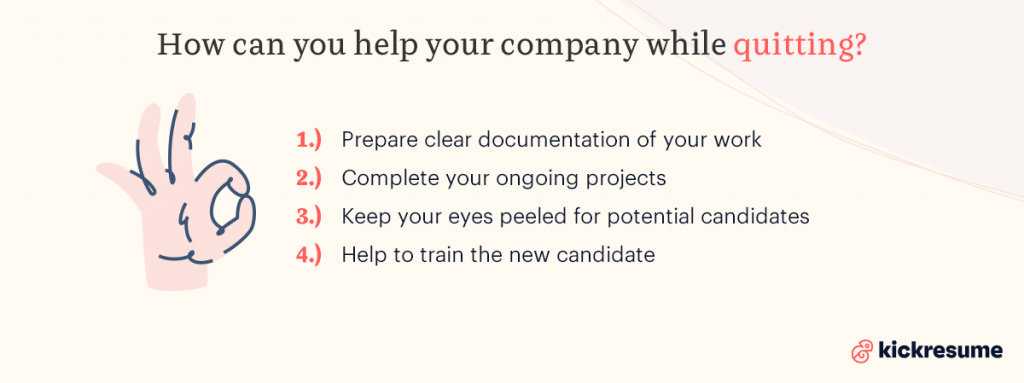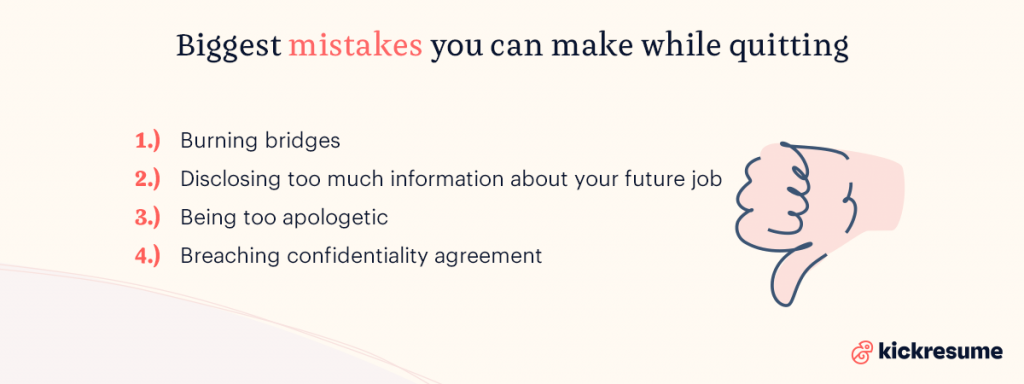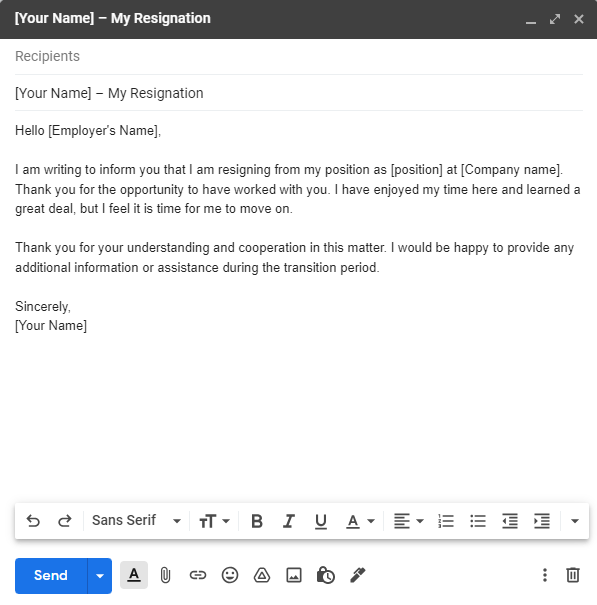How To Tell Your Boss Your Quitting

Navigating the professional landscape often involves making difficult decisions, and few are as potentially delicate as informing your manager of your departure from a job. The process, while seemingly straightforward, can be fraught with anxiety and uncertainty. Properly communicating your resignation is crucial for maintaining professional relationships and ensuring a smooth transition for both yourself and your employer.
This article offers a guide on how to effectively communicate your resignation, covering key considerations from timing to delivering the news with professionalism and grace.
Timing and Preparation
The timing of your resignation is a critical first step. Review your employment contract or company policy for the required notice period. Typically, this is two weeks, but it can vary.
Giving adequate notice shows respect for your employer and allows them time to find and train a replacement. Departing without providing sufficient notice can damage your reputation and potentially affect future job prospects.
Before scheduling a meeting, prepare a formal resignation letter. This letter should be concise and professional, stating your last day of employment. It's also a good opportunity to express gratitude for the opportunities you've had at the company.
Crafting Your Resignation Letter
A well-written resignation letter serves as a formal record of your departure. Include your name, the date, and your manager's name. Clearly state your intention to resign from your position and specify your last day of employment.
Acknowledge any positive aspects of your experience with the company.
"I am grateful for the opportunities I have been given during my time at [Company Name],"is a good example. Keep the tone positive and avoid negativity.
Offer your assistance in ensuring a smooth transition. This demonstrates your professionalism and commitment to the company's success, even as you leave.
Delivering the News
Schedule a private, in-person meeting with your manager to deliver the news of your resignation. This demonstrates respect and allows for a direct and personal conversation. Avoid delivering this information via email or text message, unless absolutely necessary due to extenuating circumstances.
During the meeting, be direct and concise. State your decision clearly and confidently. Avoid rambling or hedging around the subject.
Be prepared to explain your reasons for leaving, but avoid being overly critical of the company or its employees. Focus on your personal or professional growth and aspirations.
Maintaining Professionalism
Maintaining a professional demeanor throughout the conversation is paramount. Even if you're leaving due to negative experiences, refrain from venting or complaining.
Listen attentively to your manager's response and be prepared to answer any questions they may have. Remain calm and respectful, even if the conversation becomes difficult.
Express your willingness to assist with the transition process. Offer to train your replacement, document your work processes, and complete any outstanding tasks.
Navigating the Aftermath
Once you've informed your manager, be prepared for the next steps. Human Resources will likely have paperwork for you to complete regarding benefits and final paychecks.
Continue to perform your duties with diligence and professionalism until your last day. Avoid disengaging or neglecting your responsibilities.
Leave on a positive note by thanking your colleagues and managers for their support and collaboration. Maintain professional relationships, as you never know when you might cross paths again in the future.
Resigning from a job is a significant step. By preparing thoroughly, communicating professionally, and focusing on a smooth transition, you can ensure a positive outcome for both yourself and your employer. This approach safeguards your professional reputation and paves the way for future success.


:max_bytes(150000):strip_icc()/how-to-tell-your-boss-you-re-quitting-your-job-2063035_FINAL-5b88037cc9e77c002cc6f46c.png)















